Specialists recommend self-checking for some health issues, and there are numerous quick tests that you can do to evaluate the condition of your body. From holding your breath to holding some pencils, they can help you identify small changes that may indicate you should go to your doctor right away and ask for their opinion.
Bhaskar Health wants you to be healthy, so we encourage you to perform these 7 tests.
Eyesight
Amsler’s test helps identify macular degeneration, a condition that makes the eyesight less sharp. Macular degeneration usually appears among people older than 50 and progresses very quickly. It can lead to complete blindness.
The test should be done in a well-lit room. Put the picture 14 to 16 inches from your eyes. Don’t lean your head forward or to the side, and don’t squint.
Cover one eye with your hand, and look at the point without blinking for 10 seconds. Do the same with the other eye.
If all the lines are even without any distortions, cuts, or gray spots, it means that your retina is perfectly healthy. However, if you notice that in some parts of the picture the lines are noticeably curved, you should see a doctor immediately.
Stamina
- Find your pulse, and count the beats per minute.
- Do 20 squats.
- Count your pulse again.
If the number of beats increased or dropped too much, your cardiovascular system may be weak, and you need to see a doctor to check if you have any conditions.
- Walk up to the fourth floor, don’t run, just take the stairs. Walk calmly but not slowly.
- Find your pulse and count the beats per minute.
If your pulse is around 120 beats per minute, you are okay. If your pulse is more than 120 beats per minute, or you started panting or experiencing chest pain, you should see a doctor.
Even when you’re experiencing intense physical activity, your heart rate shouldn’t be higher than the limit. The limit is different for different ages. To calculate it, subtract your age from 220. For example, 220 — 40 = 180, which means that your heart rate shouldn’t be higher than 180 beats per minute.
Elderly people and people who have heart conditions should multiply the number by 0.64 and 0.76 for moderate exercises, and 0.77 and 0.93 for vigorous ones.
For example:
220 — 60 = 160
160×0.64 = 102
160×0.76 = 121
160×0.77 = 123
160×0.93 = 148
Based on this, your heart rate while doing physical exercise should be from 102 to 148 beats per minute, depending on what exactly you’re doing.
Posture
Stand naturally and ask someone to watch you. If your back becomes more round by 45° or more and your hips come forward, this indicates a serious spinal curvature and you might have kyphosis. The concavity of the spine also indicates that there is something wrong with your spine. In this case, you should see a doctor to get the exact diagnosis and treatment.
Ask someone to watch you or to take some photographs of you. Use a ruler (or simply do it in your imagination) to form a line from your earlobe to the bone in your shoulder. If the line is straight, you are okay. If the earlobe is a little further than the bone, it indicates that you have problems with your posture.
Nowadays almost everyone has a rounded back. It is often caused by a sedentary lifestyle. In order to set your posture right, try to keep a straight back when working and do special exercises.
Respiratory system
The following tests will help you evaluate the functionality of your respiratory system, learn about the oxygen distribution across your body, and find out if you have any problems with blood circulation.
Sit down and take a few deep breaths. Breathe out. Then take a deep breath and hold it. It’s better to hold the nose with your hand. Use a timer to track how long you can hold your breath. The normal result for a healthy person shouldn’t be less than 40 seconds.
We want all of you to always stay healthy! Share your results in the comment section below!

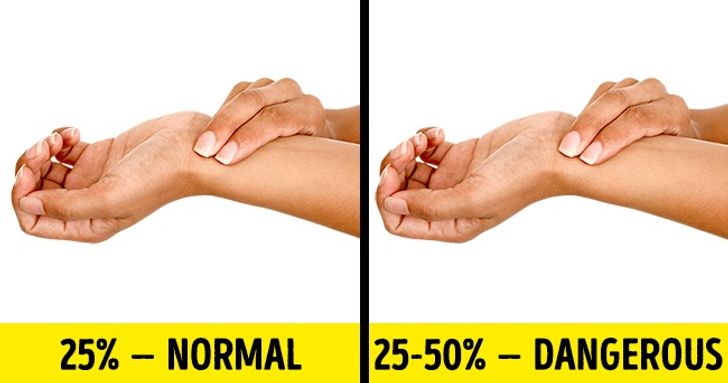
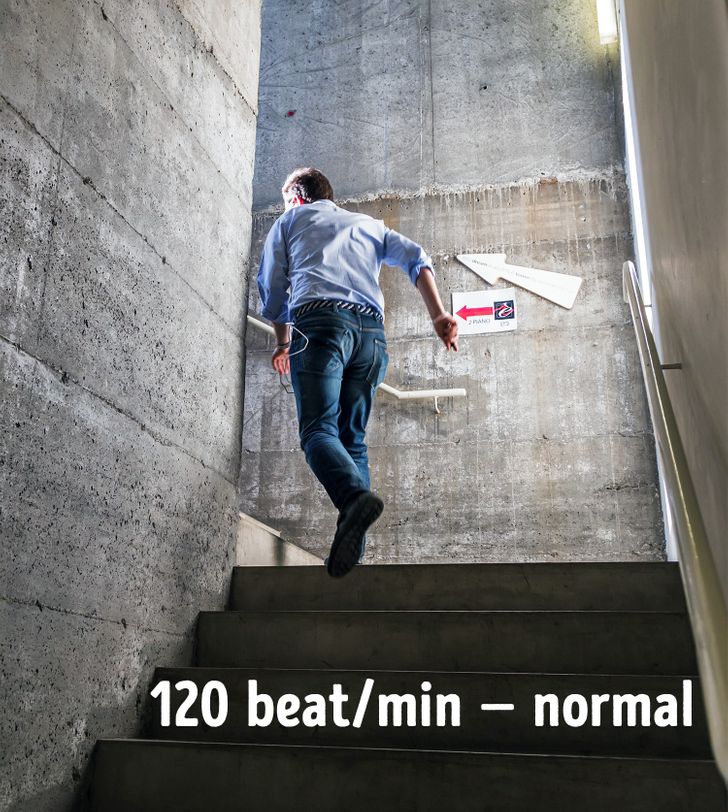
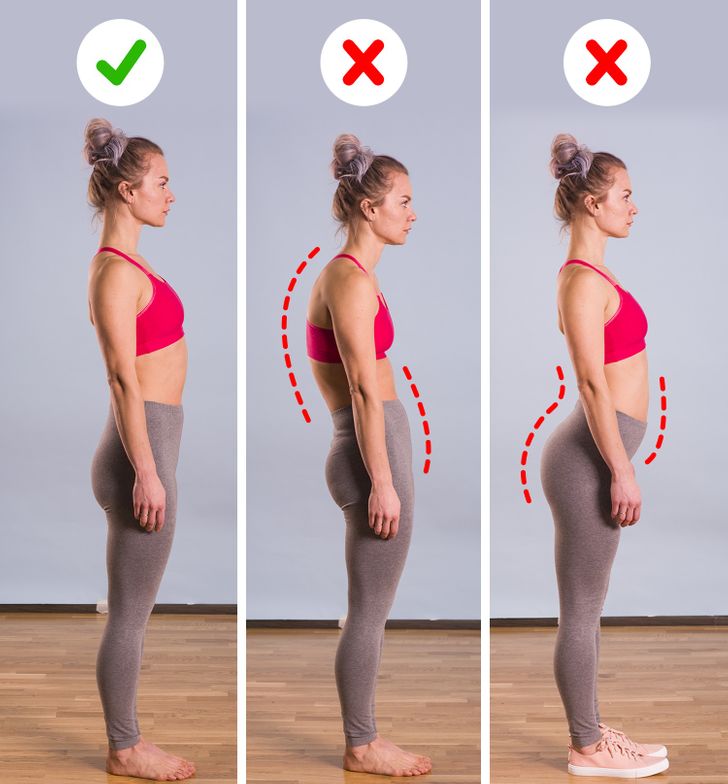
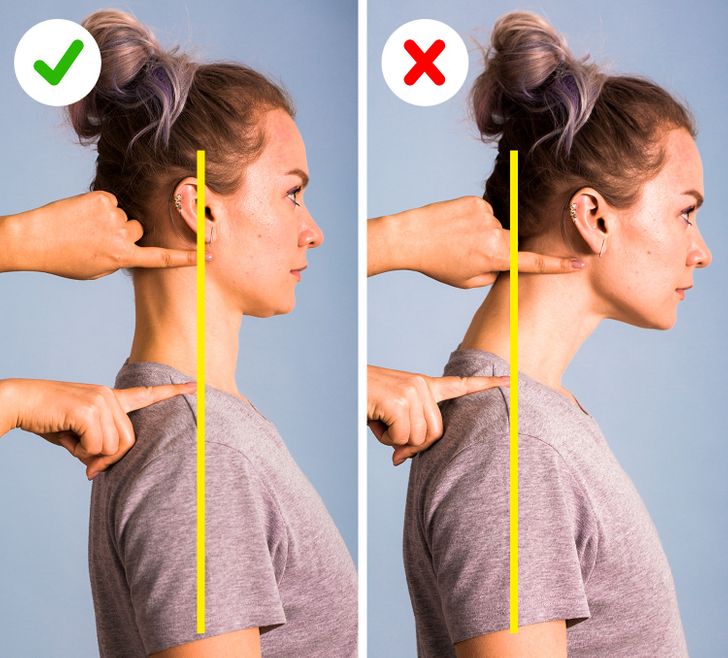
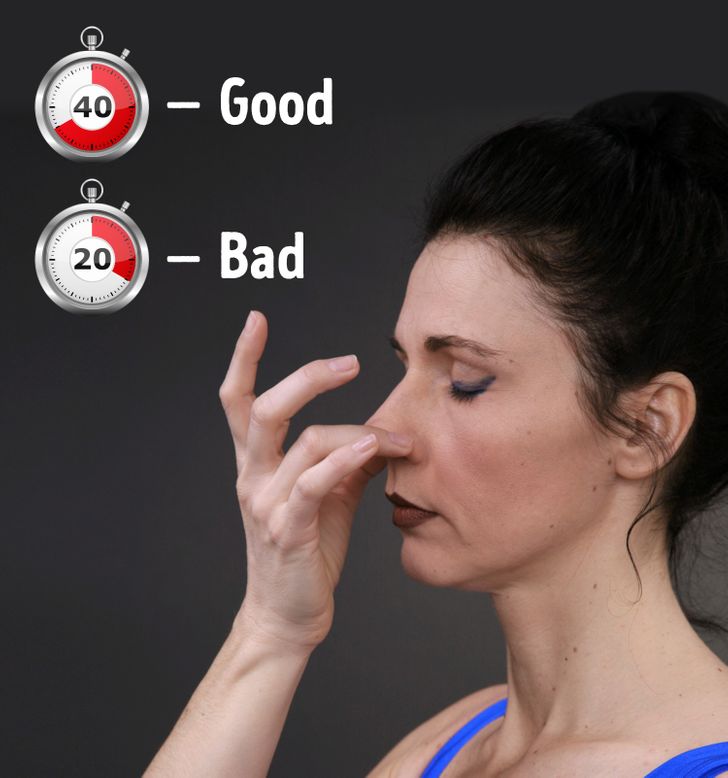
0Comments